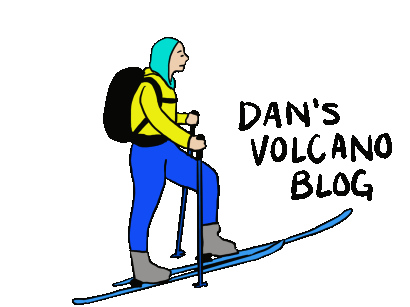Loowit (Mt St Helens)
I didn’t get to ski another volcano in 2024 sadly. So 2025 will have to make up for that! I missed two early weather windows in January and March to get out, but I finally caught an excellent spring weather day right after Passover. Loowit is 5000’ over about 5.5 miles. For this trip, I tried something different and left late Friday evening planning to spend the night at a rest stop on the drive down.
Continue readingLoowit (Mt St Helens)